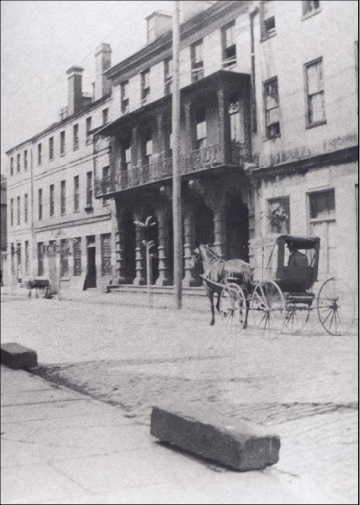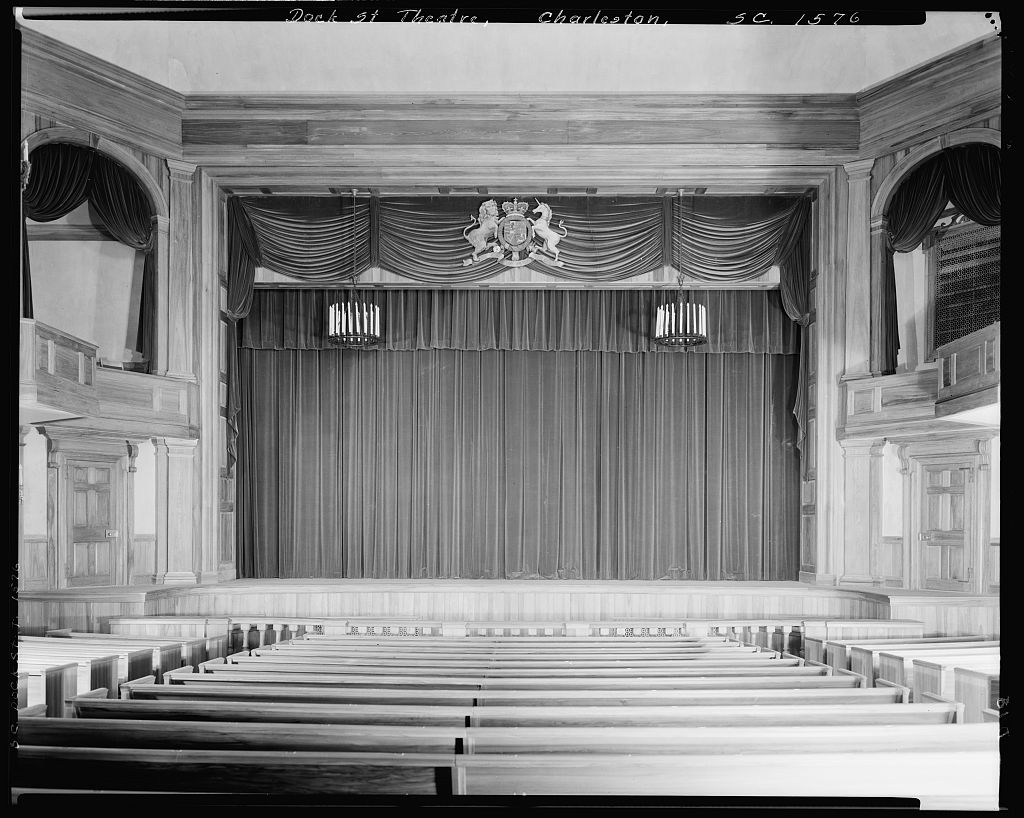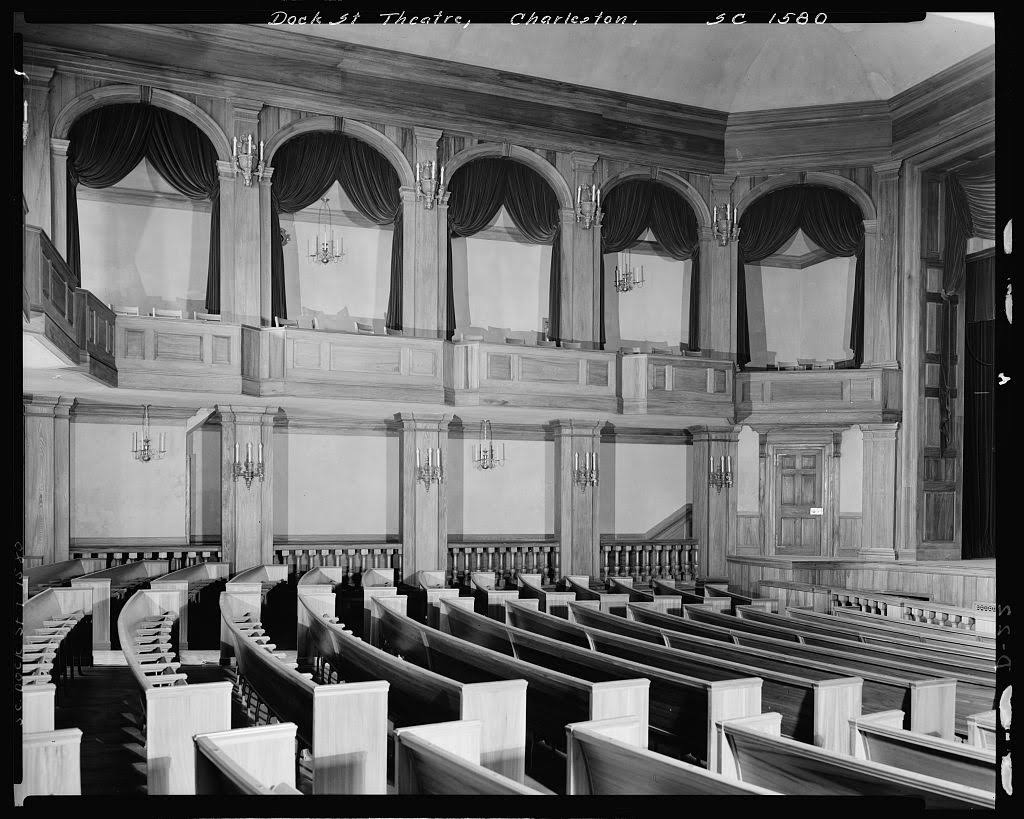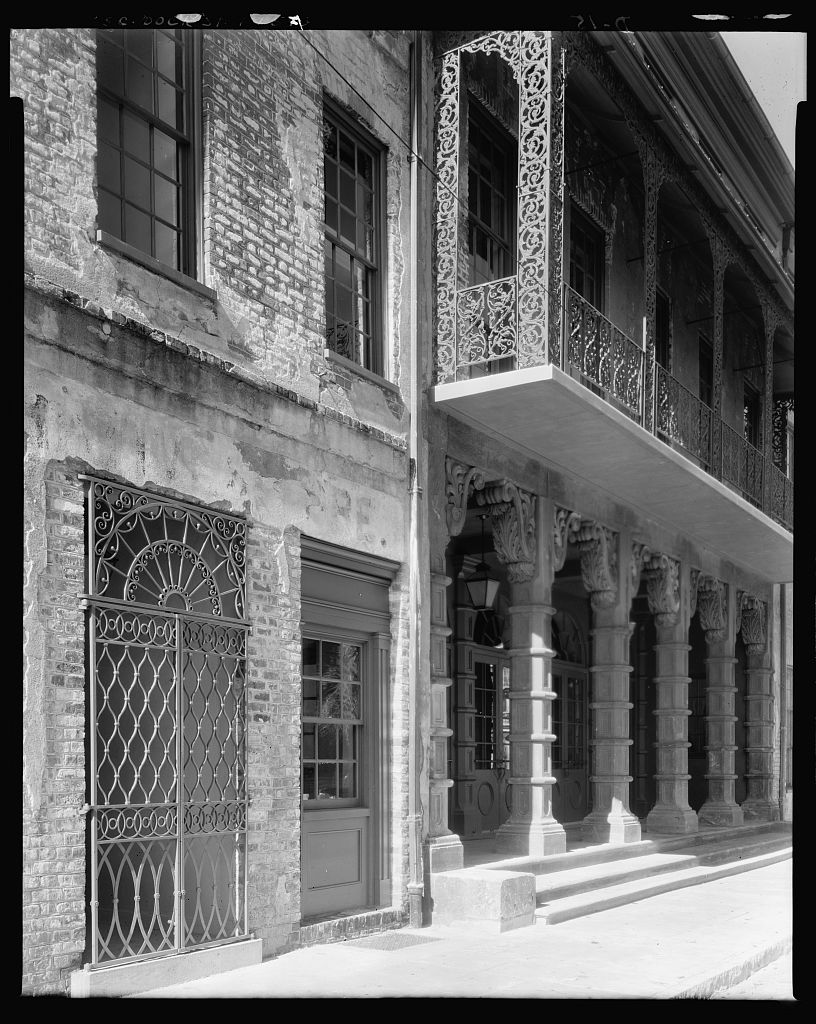PLANTERS HOTEL/DOCK STREET THEATER
Like many, in quiet moments I like to ponder the great mysteries of the universe. Like, have you ever wondered why the Dock Street Theatre is on Church Street? Often billed as the first theater in America, wouldn’t it have been on Dock Street?
The first time a visitor to our Holy City asked me that question, back in my earliest days as a tour guide in the 1990s, I was stumped. And so, to avoid looking like a deer in headlights the next time, I did a little research.
Based on a 1736 advertisement in the South-Carolina Gazette, “the new theatre in Dock Street” opened Feb. 12 of that year with a comedy titled “The Recruiting Officer.” This documentation places it among the oldest buildings, if not the first, built specifically for theatrical performances in America.
Yet crediting today’s theater at 135 Church St., beautiful though it may be, as America’s first theater would be a miscarriage of historical justice.
According to research by Nicholas Butler, historian at the Charleston County Public Library, the Dock Street Theatre advertised in 1736 was probably built on the southwest corner of the intersection of Church and Queen streets, with an entrance on its northern façade. At that time, Queen Street was commonly still known by its original name Dock Street, so called because of a dock at its eastern terminus along the Cooper River.
Following King George II’s marriage to Queen Caroline of Anspach in 1705, the British powers-that-be renamed it Queen Street in her honor. In those days, however, word traveled slowly across the great Atlantic, and even once it did, it took a while for the new name to catch on with locals.
That 1736 advertisement, according to Butler, is the first and only remaining historical reference to the original Dock Street Theatre, which apparently was short-lived. Though no records of its demise exist, it may have burned down four years after its opening in the Great Fire of 1740 that devastated much of that neighborhood.
A second, unnamed theater opened at or very near that same site by 1754. It, too, quietly disappeared from the historical record before the American Revolution.
The next documented mention of the southwest corner of Church and Queen streets is an 1809 newspaper announcement that Mr. and Mrs. Alexander Calder, who owned the Planters Inn on Meeting Street, had purchased a “large and commodious” house at that intersection. The Calders then renovated several existing buildings there to create their new Planters Hotel.
Over the next four decades, the Planters Hotel became one of the South’s grandest antebellum hotels. Tony out-of-towners visiting during Charleston’s annual Race Week stayed at the Planters Hotel, known for its superior service and fine dining. And yes, it is probably true that Planters Punch (rum mixed with lime and sugar cane juices) was created at this establishment.
About a decade before the Civil War, subsequent owner J.W. Gamble added the hotel’s iconic Church Street entrance we know today, with its wrought iron balcony, sandstone columns and distinctively carved brackets.
After the war, the hotel deteriorated, as did most everything in Charleston. No longer the site of grand balls and fine dinners, the Planters Hotel spiraled downward to become a crumbling slum housing the city’s poor.
By 1930, it was declared structurally unsound. Many called for its demolition in the interest of public safety.
Mayor Burnet R. Maybank, however, saw the building’s potential. He successfully applied for renovation funding from the Federal Emergency Relief Administration, forerunner of FDR’s Works Progress Administration to provide work during the Great Depression.
With those funds, architect Douglas D. Ellington, working with the local firm of Simons and Lapham, rehabilitated the property — not again as a hotel, but as a theater. Fine interior details such as mantels and moldings were added from remnants of the Radcliffe-King Mansion, c. 1799, perhaps Charleston’s finest Federal-style residence which had been demolished at 24 George St. to make way for the College of Charleston gymnasium.
Given Charleston’s mid-20th century nostalgia for its lost past, city leaders named the new theater after the first one, built just a bit to its north 200 years earlier.
And that is why today the Dock Street Theatre is on Church Street.


The Planters Hotel, c. 1890s



(Image: Library of Congress, c. 1937)
